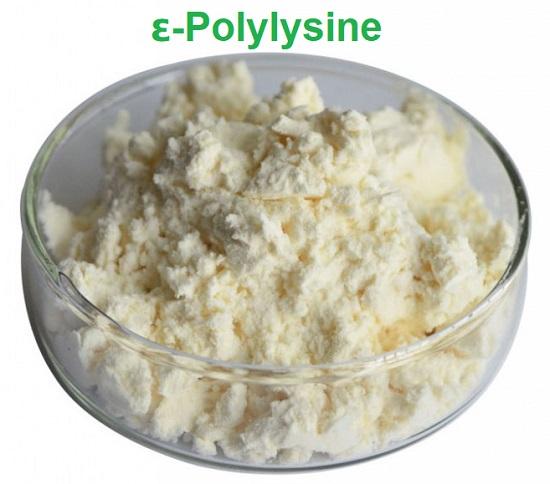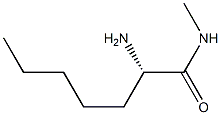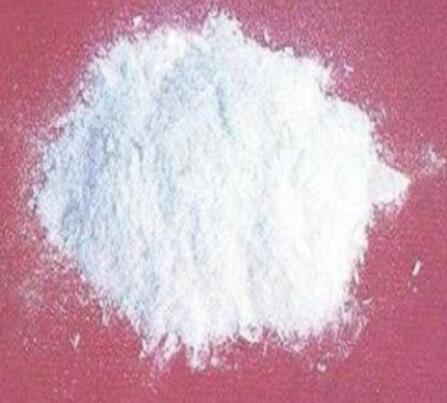Biological preservative—ε-Polylysine
ε-Polylysine is a light yellow powder with strong hygroscopicity and slightly bitter taste. It is a linear polymer of lysine. Shima and H. During the screening of microorganisms, Sakai discovered that it is produced by the fermentation of Streptomyces and has a broad-spectrum antibacterial effect. ε-Polylysine is polymerized by 25-30 lysine groups, which is relatively stable to pH and heat. Its antibacterial effect is related to the degree of polymerization and environment, and its molecular weight is between 3600-4300. most. At the same time, its hydrolysate is essential lysine, so ε-Polylysine is called a nutritional bacteriostatic agent. ε-Polylysine was used in food preservation in the 1980s, but it has not been used for a long time in my country. In 2014, the former Health and Family Planning Commission approved ε-Polylysine as a new food additive.

Mechanism of action
As a natural preservative, ε-Polylysine has unique application conditions. It is similar to the benchmark nisin of natural preservatives. It is a polypeptide preservative, and ε-Polylysine is more bacteriostatic than nisin. Wider. Most natural preservatives have good antibacterial effects on gram-positive bacteria, but have no obvious effect on gram-negative bacteria such as Escherichia coli. The emergence of ε-Polylysine breaks this "hidden rule" "It also has obvious antibacterial and killing effects on gram-negative bacteria such as Escherichia coli and Arthrobacter products, and the broad-spectrum antibacterial effect is outstanding.
The mechanism of action of preservatives mainly includes the following three points:
(1) Acting on functional proteins or key enzymes, causing the metabolic process to be blocked;
(2) Acting on the cell wall and cell membrane system, interrupting the cell's energy, material and information transmission;
(3) Acting on genetic particles or the structure of genetic material to change genetic traits. The antibacterial effect of ε-Polylysine also affects the respiration of bacteria through the action of biofilms. The ε-Polylysine that enters the bacterial body can also inhibit the synthesis of enzymes and proteins, thereby affecting the material metabolism of the strain. Studies have pointed out that the primary structure of ε-Polylysine is closely related to the antibacterial effect, and any group modification or change will make the ε-Polylysine lose its antibacterial effect.
You may like
Related articles And Qustion
Lastest Price from Epsilon-polylysine manufacturers

US $0.00-0.00/KG2025-06-27
- CAS:
- 28211-04-3
- Min. Order:
- 1KG
- Purity:
- 98%min
- Supply Ability:
- 500KG

US $0.00-0.00/kg2025-06-13
- CAS:
- 28211-04-3
- Min. Order:
- 0.001kg
- Purity:
- 99.99%
- Supply Ability:
- 20000000t

